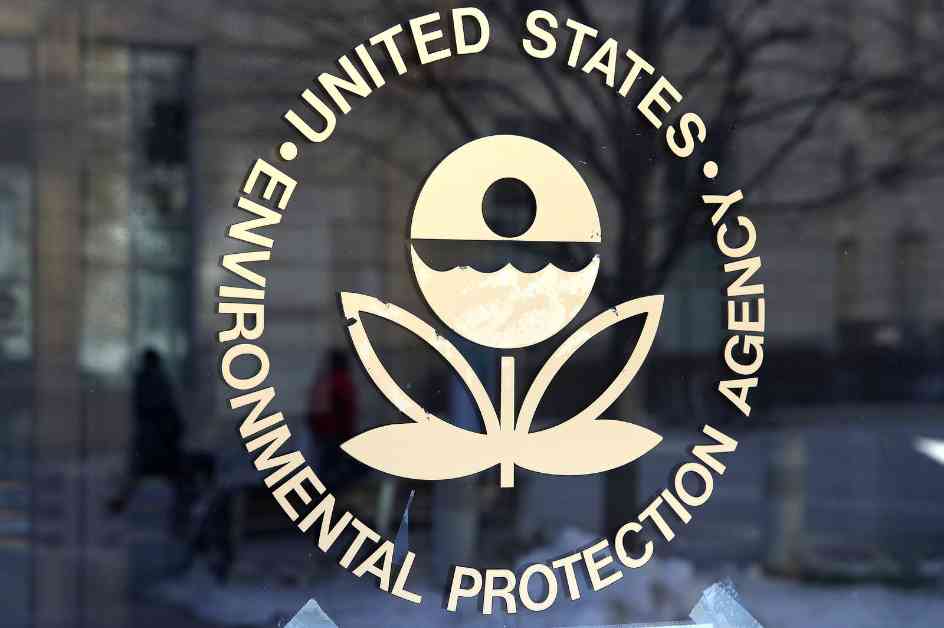The U.S. Environmental Protection Agency has recently made a significant move in recalling environmental justice staff members who were previously placed on administrative leave, sparking a wave of changes within the organization. This decision, shrouded in uncertainty and disorganization, has left many employees in limbo as they navigate the complexities of their reassignment and reinstatement.
Recalling Environmental Justice Staff
According to former senior agency officials who spoke to Inside Climate News, the EPA has begun recalling environmental justice staffers, although the exact number of individuals affected remains unspecified. These staff members are now being reassigned to project management roles and other duties within the EPA regional offices, signaling a shift in the agency’s approach to community engagement and environmental justice initiatives.
Matthew Tejada, the former deputy assistant administrator for environmental justice within EPA’s Office of Environmental Justice and External Civil Rights, shed light on the reinstatements, highlighting the essential role these recalled staff members play in managing Community Change Grants and maintaining crucial relationships with communities, local governments, tribes, and state partners. The recall of these environmental justice employees comes at a pivotal time, as the EPA under the Biden administration has launched the Community Change Grants program, allocating up to $20 million directly to community organizations to address pollution, infrastructure challenges, and climate resilience.
The Chaos of Recalls
However, the recall process has been far from seamless, with former EPA regional administrator Adam Ortiz describing it as disorganized. Ortiz recounted instances where terminated employees were instructed to return to work, only to find themselves locked out of their systems and facing confusion from unaware supervisors. The chaotic nature of these recalls has left many employees in a state of uncertainty, with some still on leave and others terminated, painting a picture of a turbulent environment within the EPA.
David Cash, a former EPA regional administrator for New England, echoed these sentiments, emphasizing the challenges faced by recalled staff in carrying out their duties effectively. While the rehiring of employees may seem like a positive step, the practical implications raise questions about their ability to fulfill their mission of protecting air, water, and land from pollution. Reports of recalled employees struggling to manage grants or engage with the communities they serve underscore the ongoing obstacles faced by these crucial environmental justice advocates.
Implications of Workforce Reductions
The reinstatement of environmental justice staff within the EPA comes against the backdrop of broader workforce reductions across federal agencies, particularly those involved in diversity, equity, inclusion, and accessibility initiatives. The Department of Government Efficiency (DOGE), led by billionaire donor Elon Musk, has spearheaded aggressive cuts aimed at curbing government spending, resulting in the loss of critical personnel vital to national security and public safety.
Environmental justice advocates warn that these mass layoffs are not merely bureaucratic reshuffling but a systematic dismantling of programs designed to protect vulnerable communities and uphold civil rights. The upheaval within the EPA and other federal agencies reflects a broader pattern of undermining racial equity efforts, with environmental justice programs serving as a prime target for these attacks.
In conclusion, the reinstatement of environmental justice staff within the EPA marks a significant turning point in the ongoing struggles faced by these critical advocates. As the agency navigates a period of transition and reorganization, the fate of these recalled employees hangs in the balance, highlighting the intricate challenges of balancing environmental protection, community engagement, and workforce stability in an ever-evolving landscape.














